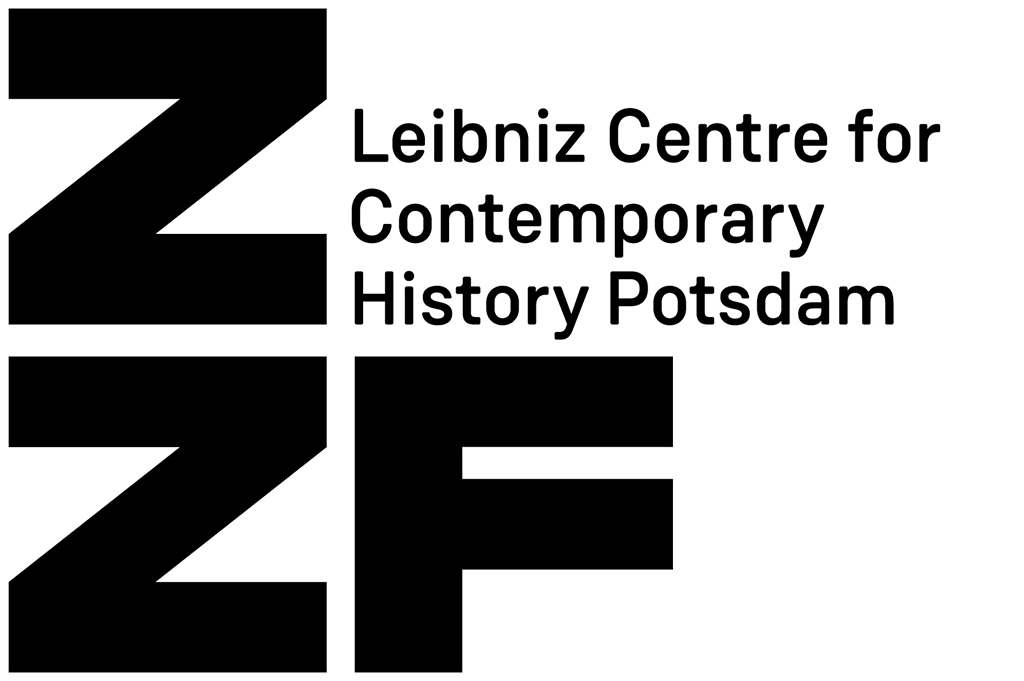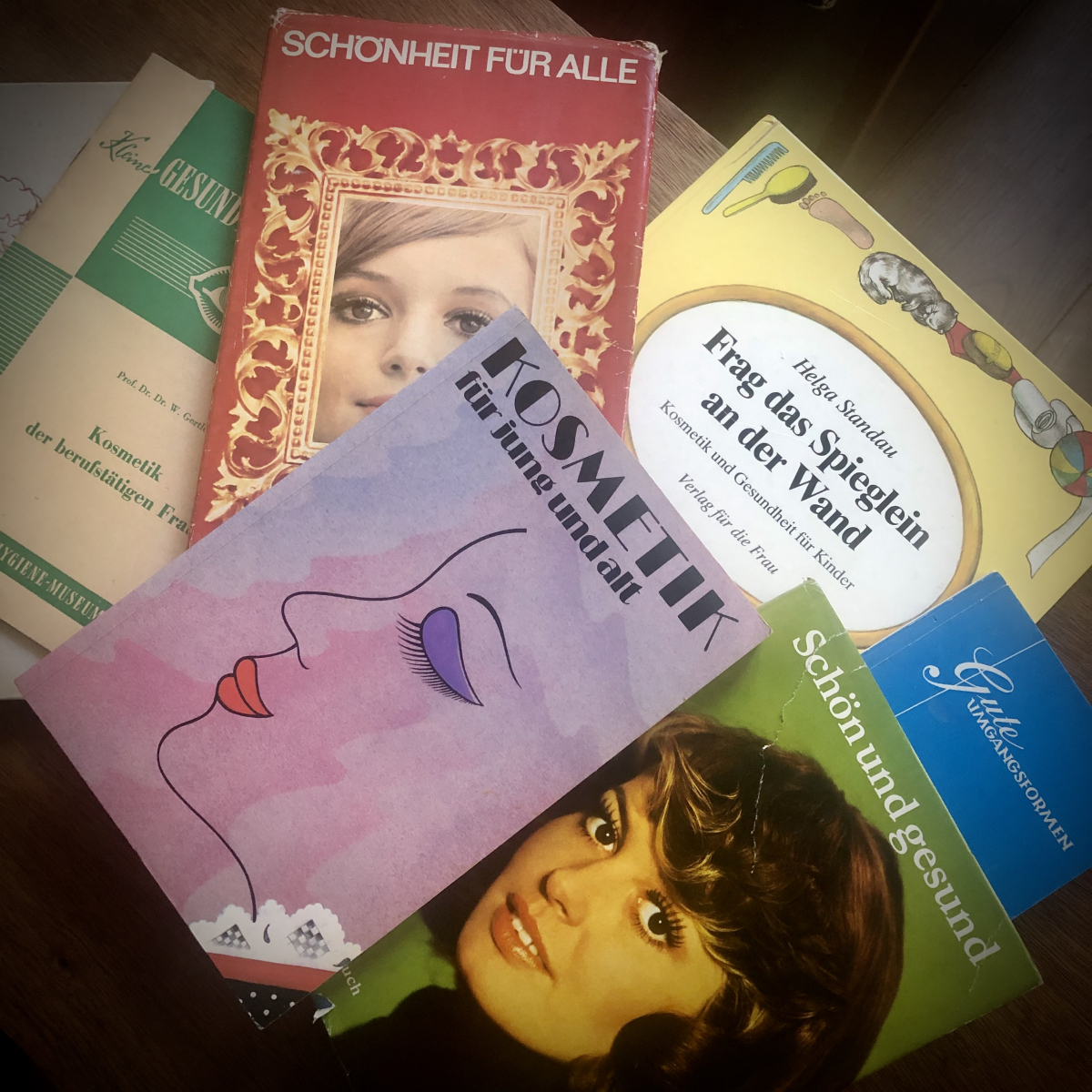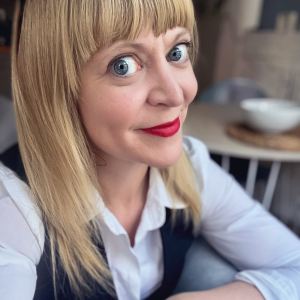In the GDR, social origin and status were not supposed to determine a person's outward appearance and attractiveness. Therefore, attempts were made to enable a certain extent of social equality even in the field of beauty. The project examines how a GDR-specific beauty culture developed and how distinction was possible in a society whose goal was to overcome class differences. The study aims to trace the subtle differences and understands beauty as a social construct with its own history.
The SED regime regarded a well-groomed appearance not merely as a matter of personal care, but as visible proof of a “cultured” socialist lifestyle.
Against this backdrop, the project investigates how ideals of beauty were negotiated and bodily practices shaped in everyday life in the GDR. At its core are the tensions between political objectives, economic constraints, professional standards, and individual agency. It asks which actors were involved in the production and dissemination of norms and how they navigated between system loyalty, expertise, and personal interest.
At the same time, the project takes a microhistorical perspective on appropriation and deviation: How did visual ideals influence consumer behavior? What bodily practices can be reconstructed? Alongside archival research, the study draws on oral history and citizen science methods to explore these questions.


